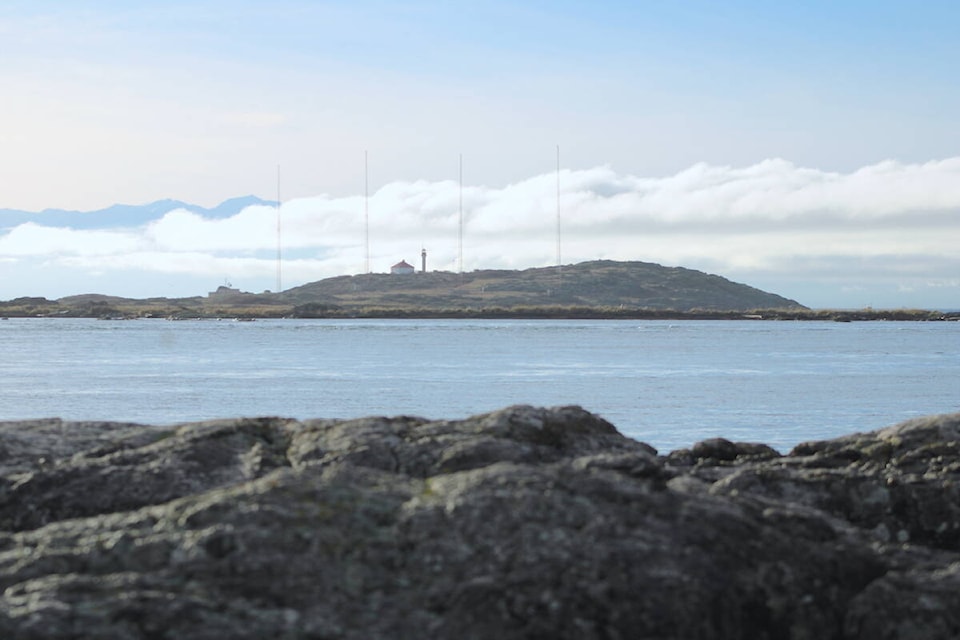The world looked to Canada last month as delegations eventually succeeded in striking a deal around conserving global biodiversity at the COP15 conference in Montreal.
Ecologically valuable sites in Greater Victoria and across B.C., known as Key Biodiversity Areas (KBAs), were highlighted at the United Nations conference to boost the profile of the key habitats.
The Trial Islands Ecological Reserve, off Oak Bay’s shores, was the first designated key biodiversity area in Canada – largely because of the extremely rare plant species and migratory birds it supports. It’s joined by Colwood’s Fort Rodd Hill – recognized for housing the endangered deltoid balsamroot and numerous other threatened or rare plants - to make up two of the 175 confirmed KBAs across B.C.
Even though KBAs don’t come with any management or protection powers, they’re another metric at the disposal of various groups or governments looking to identify spots with a higher conservation value.
Ian Adams, B.C.’s KBA regional coordinator with Wildlife Conservation Society Canada, said potential key biodiversity areas are critical to species or a certain time in a species’ lifespan. They also have rare or threatened biodiversity or are irreplaceable because their plants or animals are only found in that location.
“If it’s geographically restricted, we stand to lose those species,” Adams said. “We’re the stewards who have to look after those areas.”
After the sites are identified, they go through a robust review that uses scientific information, Indigenous knowledge and other data to see if a site meets the criteria before being designated. It’s also required that important species are active and meet a certain level of abundance in the area.
The process of looking for possible KBA sites has flagged natural areas that haven’t been observed in some time, helping to prompt modern calls for greater protection, Adams said.
He noted many of the South Island’s key biodiversity areas are remaining fragments of Garry oak ecosystems. Besides Trial Islands and Fort Rodd, Greater Victoria has plenty of other spots being considered for key biodiversity areas, such as Saanich’s Swan Lake Christmas Hill Nature Preserve, a key habitat for the endangered tall woolly-head and other plants.
“Garry oak ecosystems support the highest diversity of plants in coastal B.C., however this biodiversity is threatened,” Sarafina Lewis-Henderson, the nature preserve’s research and education coordinator, said in a video presented at COP15. “This (KBA) designation will help us to be acknowledged by governments, the local community, urban planners and (more).”
Adams said governments at all levels have expressed interest in key biodiversity areas as they look to develop land use and preservation strategies.
“Climate change has great potential to have large impacts on biodiversity and the loss of biodiversity could have impacts, not just on the broader natural world, but it’s going to have human impacts as well.”
READ: Negotiators reach nature deal at COP15 despite objections from African countries
jake.romphf@blackpress.ca. Follow us on Instagram. Like us on Facebook and follow us on Twitter.



